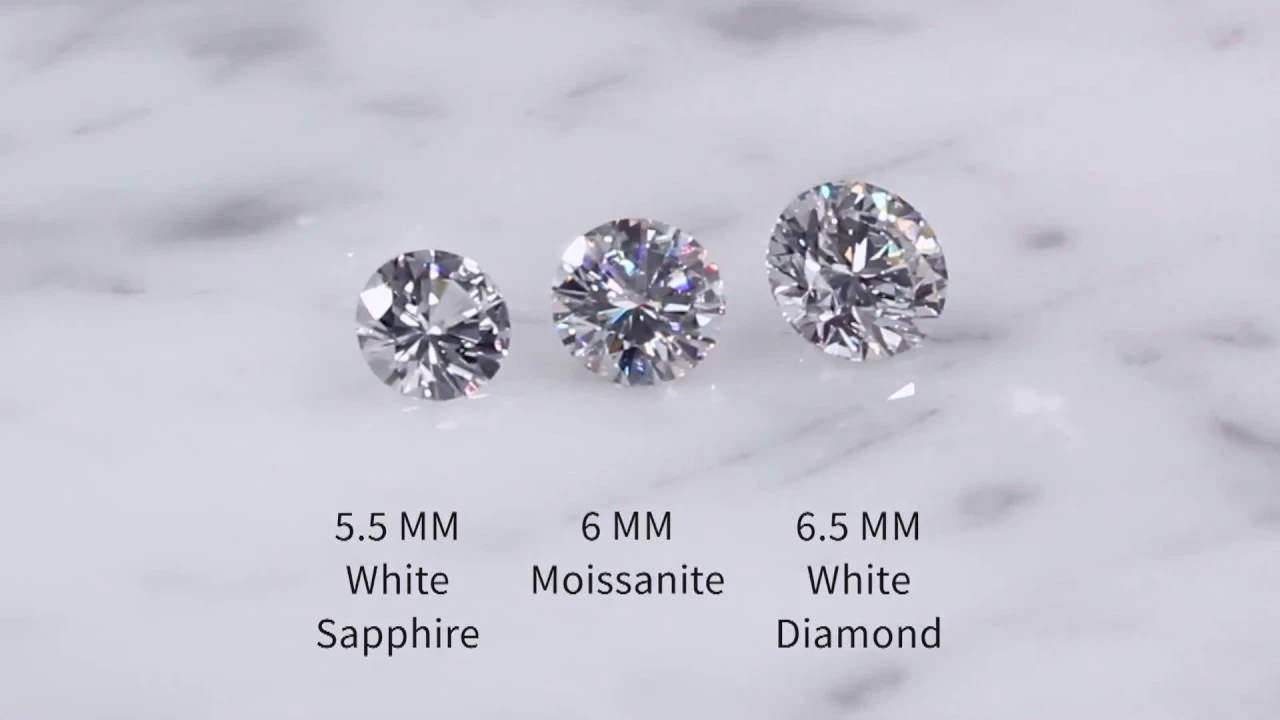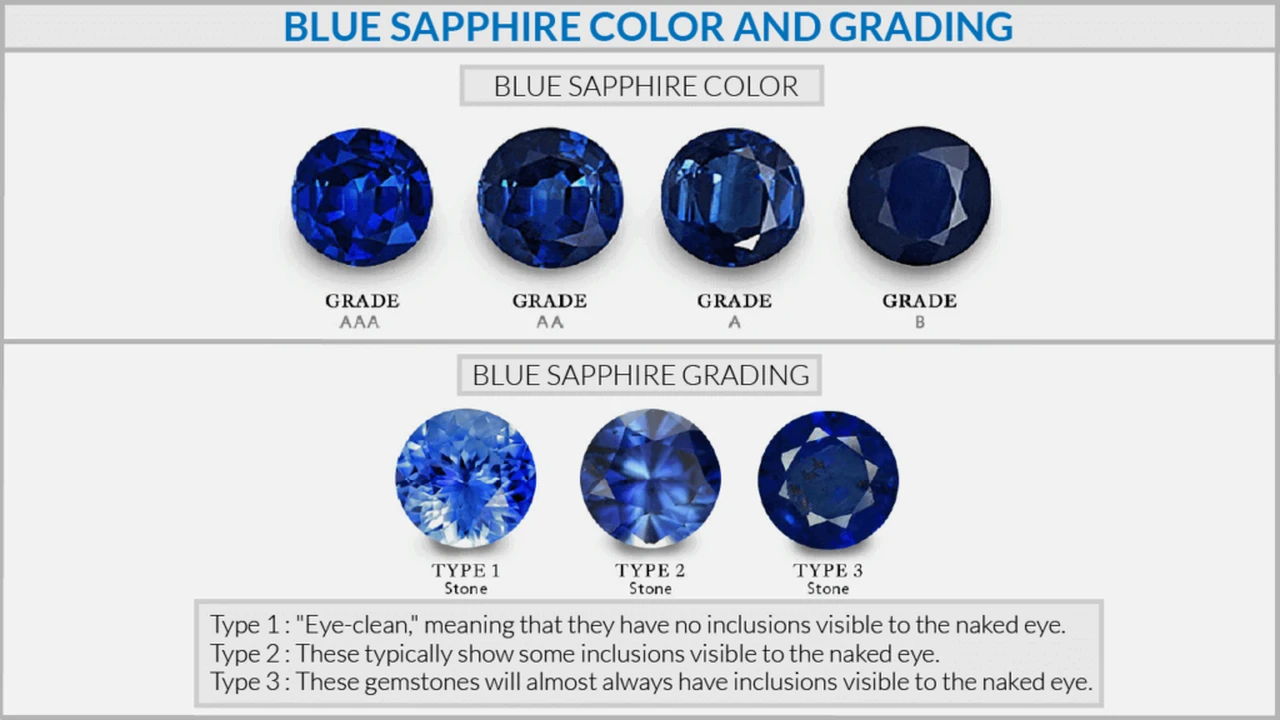Emerald vs Sapphire Which Gemstone Holds More Value
Emerald vs Sapphire Which Gemstone Holds More Value Analyze their market demand, rarity, and historical performance as investment assets.

Emerald and Sapphire Market Demand A Head to Head Comparison
Okay, let's dive right into the juicy stuff: emeralds versus sapphires! Which one packs a bigger punch when it comes to investment potential? We're talking market demand, rarity, historical performance – the whole shebang. Both emeralds and sapphires are stunning gemstones, coveted for their beauty and allure. But when it comes to investment, things get a little more nuanced.
First off, let's talk about market demand. Sapphires, particularly blue sapphires, have consistently enjoyed strong global demand. They're classic, versatile, and appear frequently in engagement rings and high-end jewelry. Emeralds, with their vibrant green hue, are also highly sought after, but their demand can be a bit more susceptible to fashion trends. Think about it – while a sapphire is almost always in style, emeralds can have periods of heightened popularity followed by quieter phases. So, in terms of sheer, consistent demand, sapphires often have a slight edge.
Rarity Factors Impacting Emerald and Sapphire Value
Now, let's get into rarity. This is where things get really interesting. High-quality emeralds, free from inclusions and with a rich, saturated color, are incredibly rare. Finding a truly flawless emerald is like finding a needle in a haystack. Sapphires, on the other hand, are relatively more common, especially in lower grades. However, exceptional sapphires, like those from Kashmir with their velvety blue hue, are extremely rare and command astronomical prices. So, while emeralds generally boast greater rarity across the board, the very best sapphires can be even more elusive.
Think of it this way: you can find a decent sapphire relatively easily. Finding a truly exceptional one? That's a whole different ballgame. With emeralds, even a 'decent' stone is already relatively rare.
Historical Performance Emeralds and Sapphires as Investments Over Time
Let's rewind and look at historical performance. Both emeralds and sapphires have shown strong appreciation in value over the long term. However, their trajectories have been slightly different. Sapphires, particularly blue sapphires, have demonstrated a more consistent and steady growth in value. This is partly due to their stable demand and widespread appeal. Emeralds, while also appreciating significantly, can experience more volatility in their pricing. Factors like the discovery of new mines, political instability in emerald-producing regions, and changes in fashion trends can all impact their price fluctuations.
Essentially, sapphires are often seen as a more 'safe' investment, while emeralds can offer the potential for higher returns, but with a slightly higher level of risk. It's all about your risk tolerance!
Specific Emerald and Sapphire Investment Products and Scenarios
Okay, let's get practical. What are some specific emerald and sapphire pieces you might consider for investment? And what are some scenarios where one might be a better choice than the other?
Sapphire Investment Examples
* **Classic Sapphire Ring:** A classic sapphire engagement ring, featuring a Ceylon blue sapphire (untreated) of at least 3 carats, set in platinum with diamond accents. This is a timeless piece that will likely appreciate in value over time.
* **Usage Scenario:** A long-term investment, suitable for someone who appreciates classic jewelry and wants a stable asset.
* **Price Range:** $15,000 - $50,000+ depending on the sapphire's quality and size.
* **Kashmir Sapphire Pendant:** A pendant featuring a certified Kashmir sapphire, even a smaller one (1-2 carats), can be a significant investment due to its rarity and exceptional color.
* **Usage Scenario:** A high-end investment for collectors and those seeking a rare and valuable gemstone.
* **Price Range:** $50,000 - $200,000+ (or even higher) depending on the size and quality of the sapphire.
* **Sapphire and Diamond Bracelet:** A bracelet featuring a row of matched sapphires, interspersed with high-quality diamonds, set in a precious metal like platinum or white gold.
* **Usage Scenario:** A more diversified investment, combining the value of sapphires and diamonds.
* **Price Range:** $20,000 - $75,000+ depending on the size and quality of the stones.
Emerald Investment Examples
* **Colombian Emerald Ring:** A ring featuring a vibrant green Colombian emerald (untreated) of at least 2 carats, with minimal inclusions, set in yellow gold.
* **Usage Scenario:** A potentially higher-reward investment, suitable for someone who appreciates the unique beauty of emeralds and is willing to accept a slightly higher level of risk.
* **Price Range:** $10,000 - $40,000+ depending on the emerald's quality and size.
* **Emerald and Diamond Earrings:** Earrings featuring matched emeralds, surrounded by diamonds, set in platinum or white gold.
* **Usage Scenario:** A relatively accessible investment, suitable for those who want to start investing in emeralds without committing to a large sum.
* **Price Range:** $5,000 - $25,000+ depending on the size and quality of the stones.
* **Vintage Emerald Brooch:** A vintage brooch featuring a large, high-quality emerald, surrounded by intricate filigree work and diamonds.
* **Usage Scenario:** An investment that combines the value of the gemstone with the historical significance and artistry of the piece.
* **Price Range:** Highly variable, depending on the age, design, and quality of the emerald, but can range from $8,000 to $50,000+.
Emerald vs Sapphire Price Comparison Factors
So, how do these two gemstones stack up in a direct price comparison? Well, it's not quite as simple as saying 'emeralds are always more expensive than sapphires' or vice versa. Several factors influence the price of each gemstone, including:
* **Color:** The intensity and saturation of color are crucial. For sapphires, a deep, vibrant blue is highly prized. For emeralds, a rich, vivid green with a slight bluish undertone is ideal.
* **Clarity:** Inclusions are common in both emeralds and sapphires. However, the less visible the inclusions, the higher the value.
* **Cut:** A well-cut gemstone will maximize its brilliance and fire.
* **Carat Weight:** Larger gemstones are generally more valuable, all other factors being equal.
* **Origin:** The origin of the gemstone can significantly impact its price. For example, Kashmir sapphires and Colombian emeralds are often considered the most desirable and command premium prices.
* **Treatments:** Untreated gemstones are generally more valuable than treated ones.
Making the Right Choice for Your Gemstone Investment Strategy
Ultimately, the 'better' investment depends on your individual goals, risk tolerance, and preferences. If you're looking for a stable, relatively lower-risk investment, sapphires might be a good choice. If you're willing to take on a bit more risk for the potential of higher returns, emeralds could be more appealing.
Before making any investment, it's crucial to do your research, consult with a reputable gemologist, and obtain a certificate of authenticity from a recognized gemological laboratory like GIA or AGS. Happy investing!
:max_bytes(150000):strip_icc()/277019-baked-pork-chops-with-cream-of-mushroom-soup-DDMFS-beauty-4x3-BG-7505-5762b731cf30447d9cbbbbbf387beafa.jpg)





